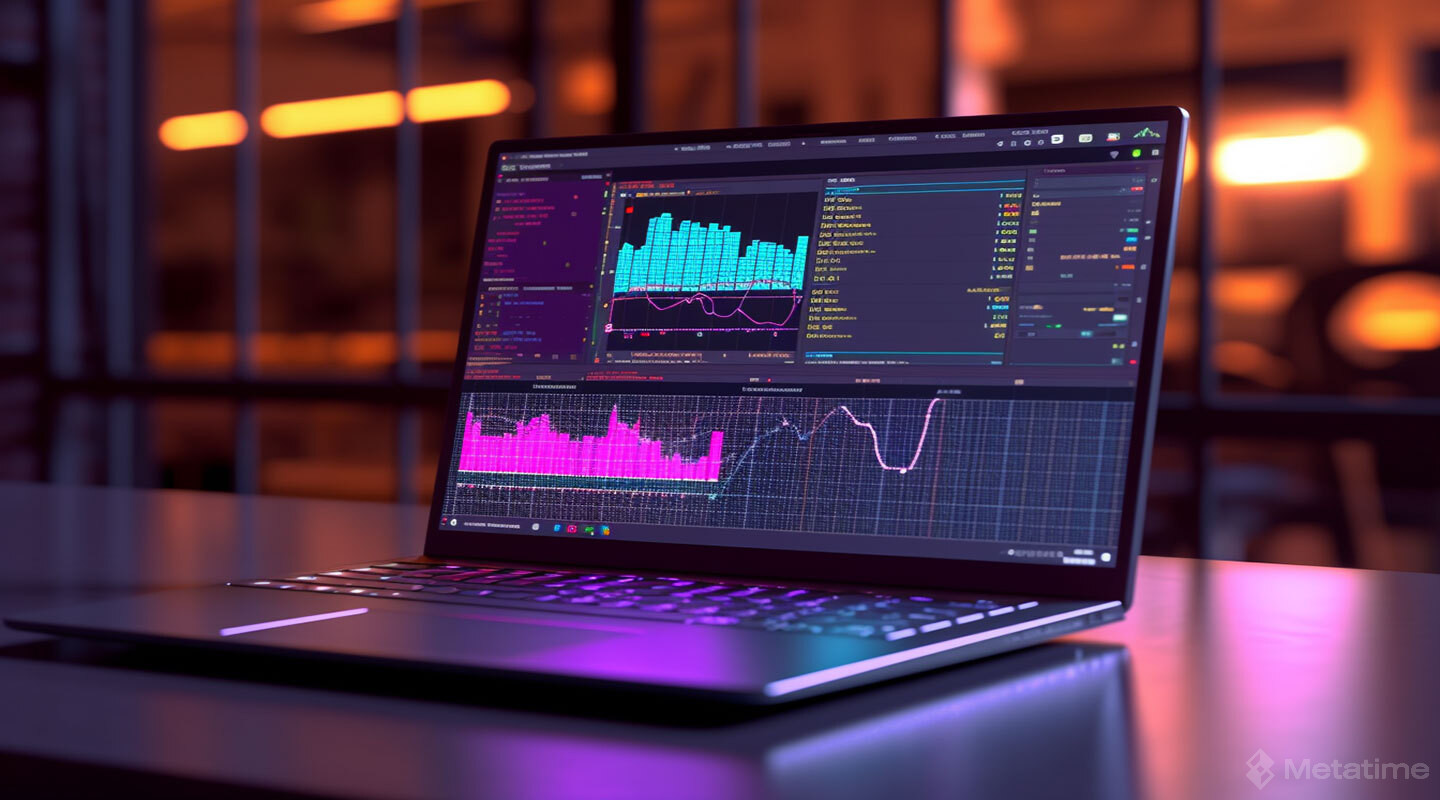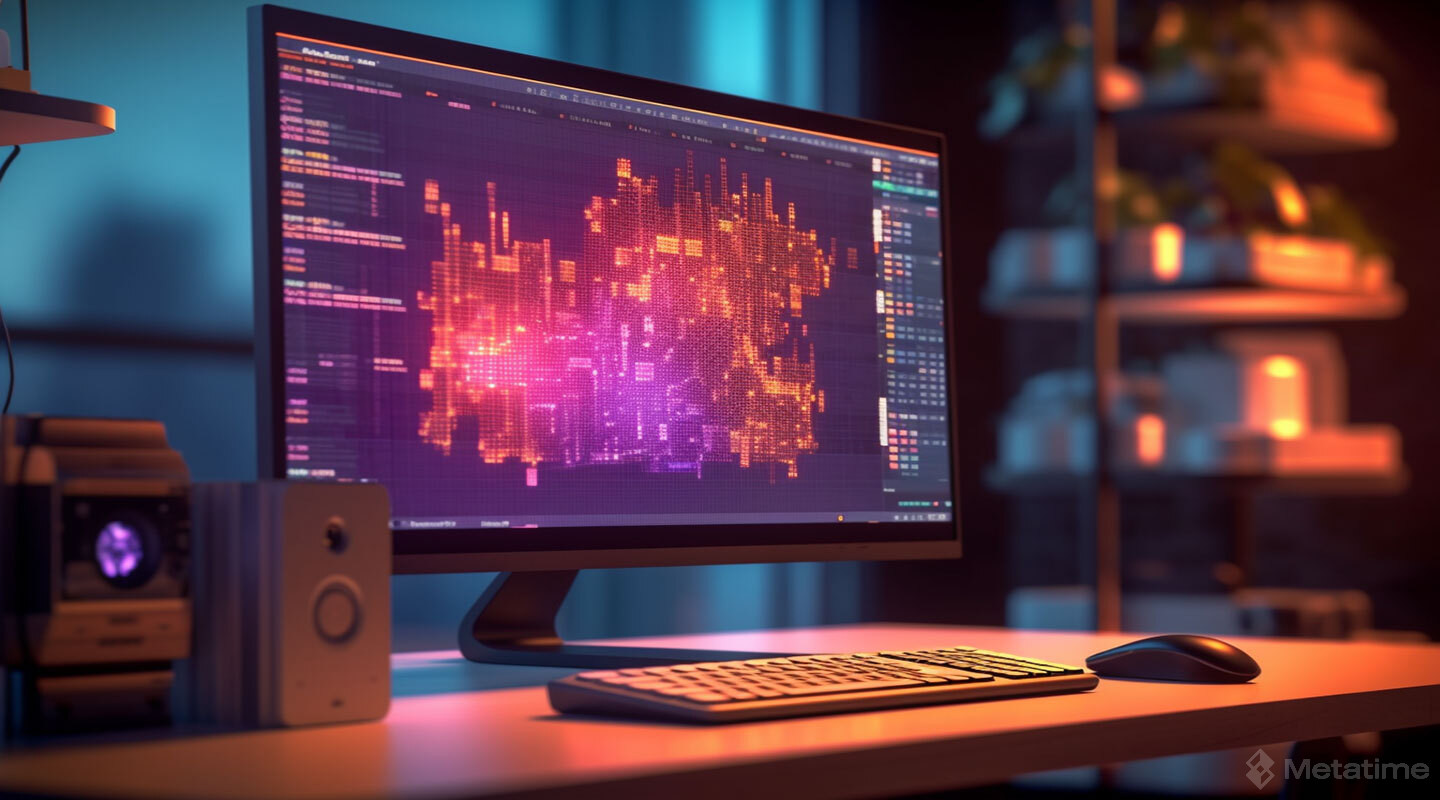Computers are a collection of technical components such as input units, processing units, memory units, output units, and storage units.
Computers are electricity-consuming machines that can be programmed and set to run arithmetic or logical operations automatically. Today, more contemporary and modern computer systems can run generic sets of operations, called programs. At the same time, a computer system may need hardware such as operating systems and peripheral devices for optimal performance. The computer can also refer to a group of computers connected and working together, such as a computer network or a computer cluster.
Multi-purpose industrial and consumer electronics can choose to use computer systems as a control systems. For instance, simple, special-purpose devices such as microwave ovens and remote controls, industrial robots and computer-aided design-like factory equipment, as well as general-use devices such as personal computers, mobile devices, and smartphones can all be considered computers. Computers are also connected to the Internet, which brings together billions of different computers and users.
What Is the History of Computers?
The first computers developed in history were used only for calculations. Simple, manual tools like the abacus have been used for human calculation since time immemorial. At the beginning of the Industrial Revolution, many mechanical devices were designed to automate long and tedious tasks such as the guide patterns needed in carpet and rug weaving looms. More sophisticated machines, using electricity, performed specialized pairwise calculations in the early 20th century. The first digital calculator in history was developed during the Second World War. In the late 1940s, transistor technology was developed, which was crucial to the development of computers. Around the same time, the first semiconductor transistors appeared. In the late 1950s, chip technologies such as silicon-based MOS field-effect transistors (MOSFETs) and monolithic integrated circuits (ICs) were developed. These developments started the microprocessor and microcomputer revolution in the 1970s. The speed, power, and versatility of the computer systems in use have increased dramatically since then, with the number of transistors used increasing rapidly. This had already been predicted by Moore's law.

How Are Computers Built?
In the traditional sense, modern computer systems are composed of at least one processing unit or processing element, i.e. CPU - Central Processing Unit, computer memory, and typical semiconductor memory chips. These parts and components may vary according to the intended use of the computer system, the production stages, the targeted technical specifications, and many other parameters. The processing element, the processor or CPU, performs logical and arithmetic operations internally. With a sequencing and control unit, the order of operations, which is a response to stored data, can change.
What Are the Components of Computers?
Computers have a structure that processes data, calculates, and executes commands. This structure has some components. These components are as follows:
Central Processing Unit (CPU)
- Memory (RAM - Random Access Memory)
- Storage Units
- Motherboard
- Operating Systems
What Is Central Processing Unit (CPU)?
It is the so-called brain of the computer. It executes instructions, processes data, and performs calculations.
What Is Memory (RAM - Random Access Memory)?
It is the memory where the computer stores temporary data. It provides quick access to the processor and holds data used during operation.
What Are Storage Units?
Components such as a hard disk or SSD where data is stored long-term. The operating system, programs, and files are stored in this unit.
What Is Motherboard?
The motherboard holds all the components together and allows them to communicate.
What Are Operating Systems?
It is the software system that manages the hardware resources of the computer and provides communication between the user and the computer. For instance, there are operating systems such as Windows, macOS, and Linux.

Computers have a wide range of uses. They can be used in home and office environments for personal use but they are also widely used as productivity tools in the business world. They also play an important role in scientific research, design processes, communication, education, and entertainment.
What Are Peripheral Devices for Computers?
Modern computers can be made more suitable for the desired purpose or program with peripheral devices. These devices are input devices and output devices.
What Are Input Devices?
Input devices include keyboards, mice, and game controllers for video games. Output devices include hardware such as monitors and printers. The logic of input devices is to operate on the computer system in response to a request from the device. For example, a user playing a video game on a computer system connects the game controller to the computer, either wired or wirelessly. The user can then interact with the buttons on the controller to move the character in the video game. From the corresponding button on the controller, the move is transmitted to the computer system. The device is thus defined as an input device.
What Are Output Devices?
The logic of output devices is the opposite. An output device connects to the relevant computer system. It then processes the request from the computer system and provides an output to the user. For example, a user wants to physically print a digital document with a printer device. The printer and the computer used by the user are connected. The user then transmits the document and its information to the printer by making adjustments on the computer. The data flow starts from the computer to the output device. The printer then receives and processes the request sent by the user via the computer. Finally, it physically gives the user the requested document as a printout. Peripheral devices that function as in this example are called output devices.
Devices that can perform both functions are called input/output devices. These devices are open to bidirectional feedback and can perform both input and output functions.

What Is the Etymology of Computer?
According to the Oxford English Dictionary, the first known use of the term computer was in The Yong Mans Gleanings, written by Richard Brathwait, an English writer, in 1613. The relevant passage reads "I haue read the truest computer of Times and the best Arithmetician that euer breathed, and he reduceth thy dayes into a short number." The use of the term here describes the calculations performed by a human computer, or a person performing those calculations. The term computer continued to be used in the same sense until the middle of the 20th century. Later, women were generally hired as human computers because they were paid less than their male counterparts. By 1943, the vast majority of human computers were women. After the 1950s, the term came closer and closer to its current meaning.
About the First Computers
Charles Babbage, a British mechanical engineer, and scholar, created the concept of a programmable computer. Charles Babbage is known in history as the "father of the computer." In the early 19th century, Charles Babbage conceptualized and developed the first mechanical computer. In 1883, after working for some time on the revolutionary difference engine, which had been developed to be useful for navigational calculations, Charles Babbage realized that he could develop a much more general design, an analytical machine. The input of programs and data would be provided to the machine via punched cards, a method used at the time to manage Jacquard-like mechanical looms. For output, the machine included a printer, a curve plotter, and a buzzer. The machine could also place numbers on the cards for later reading. By combining an arithmetic logic unit, a control flow in the form of conditional branches and loops, and integrated memory, the machine became the first general-purpose computer design that could be called Turing-complete in more modern terms.







